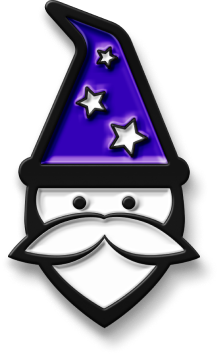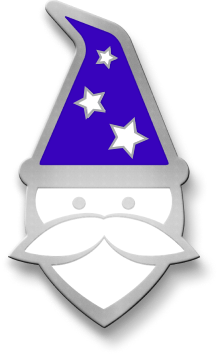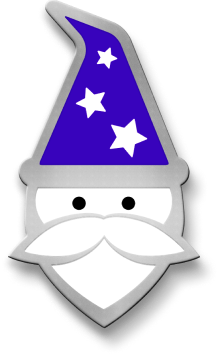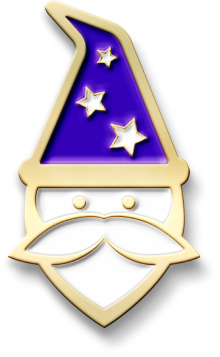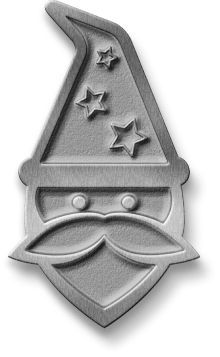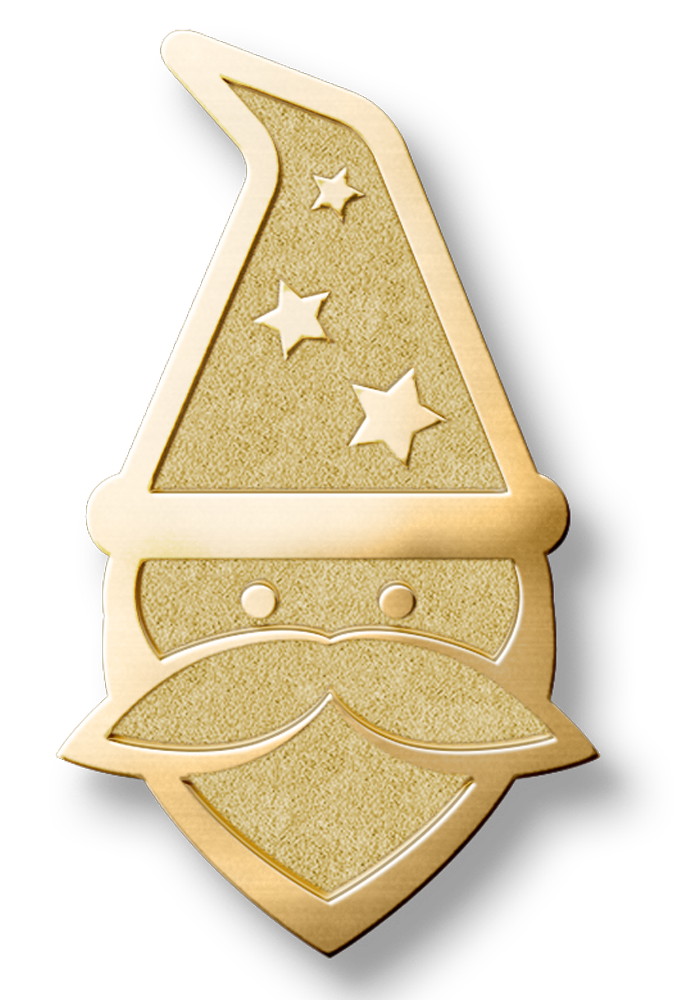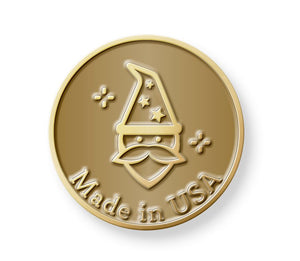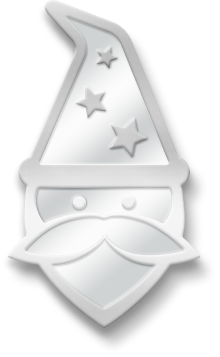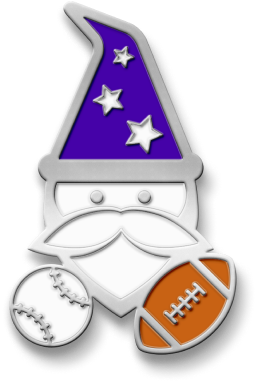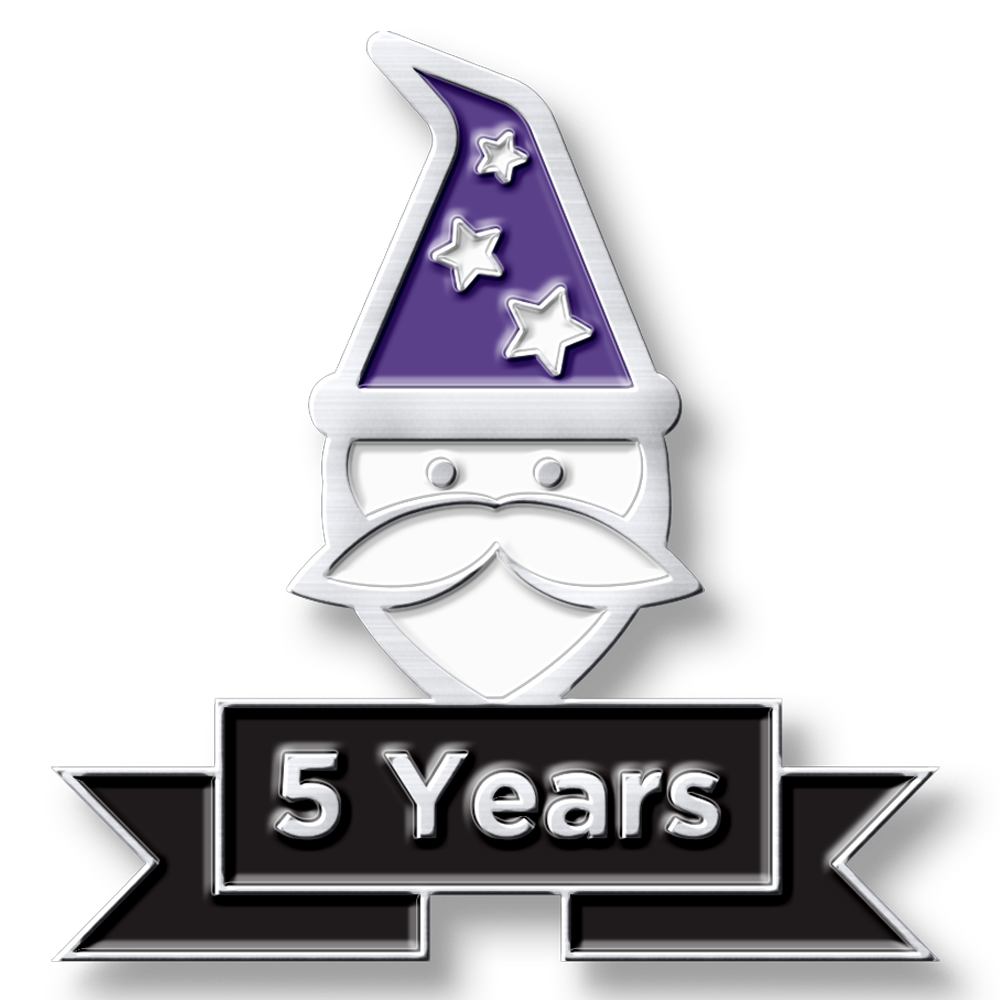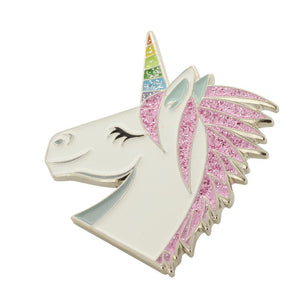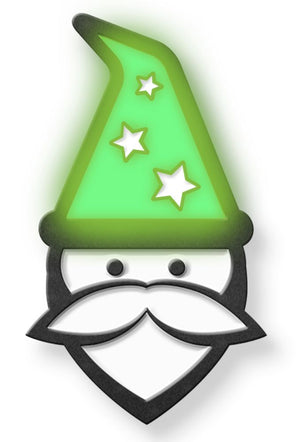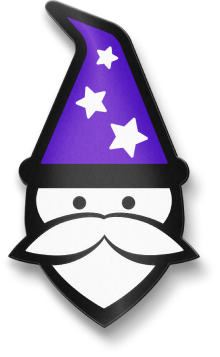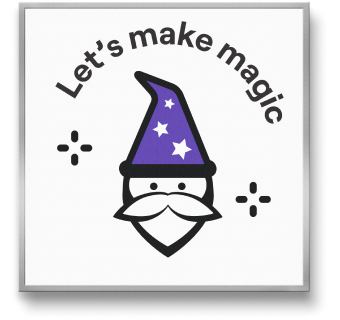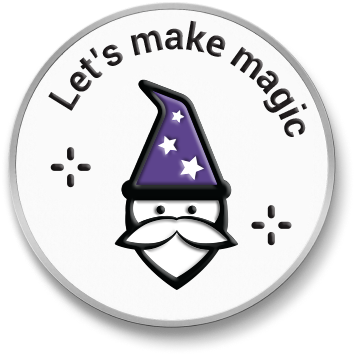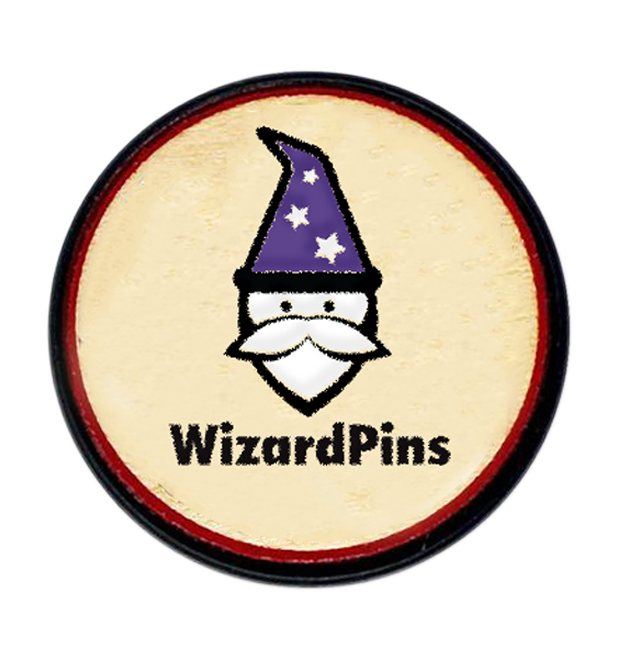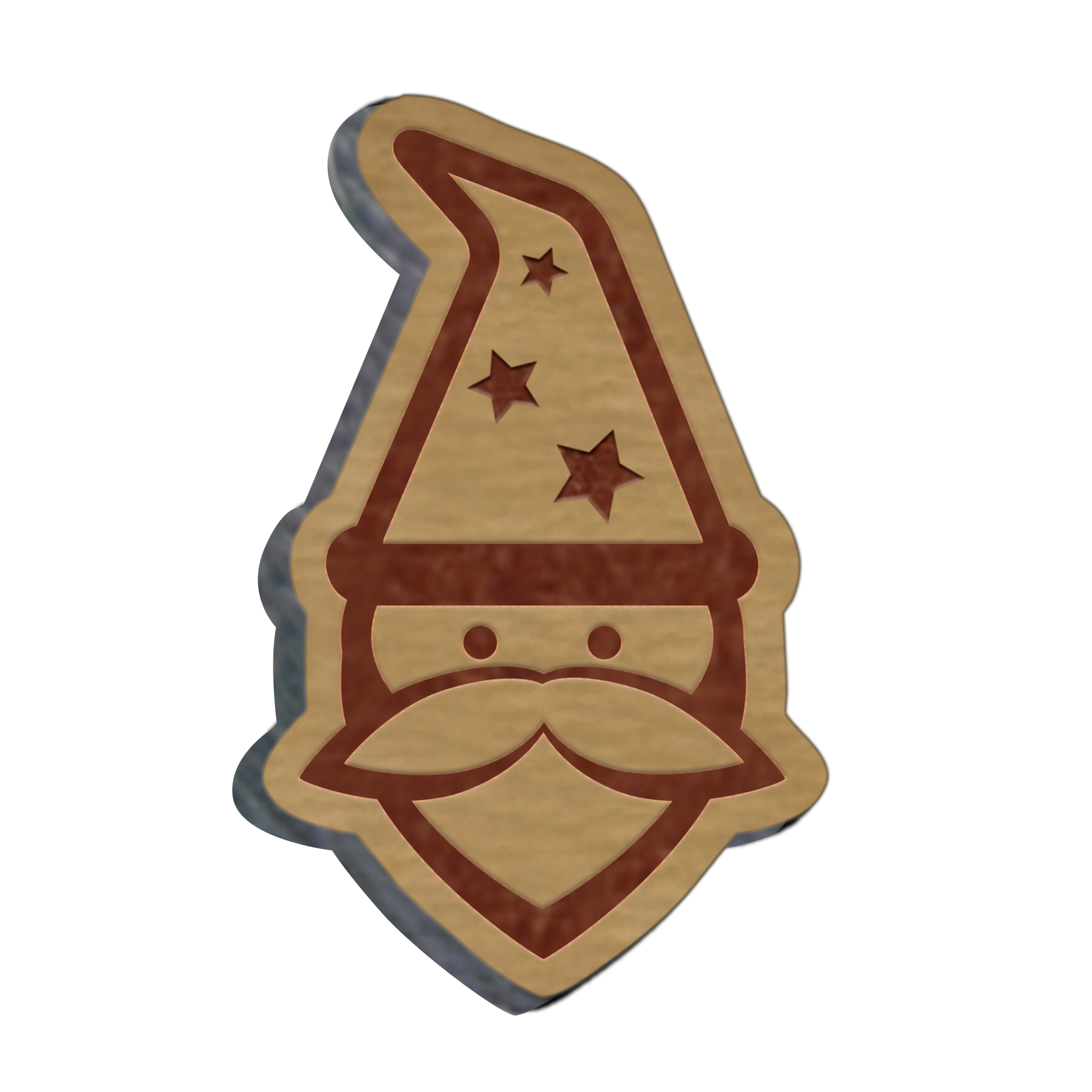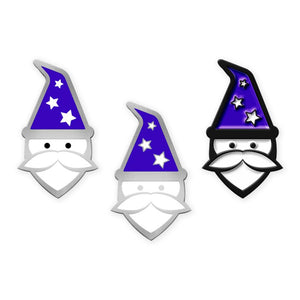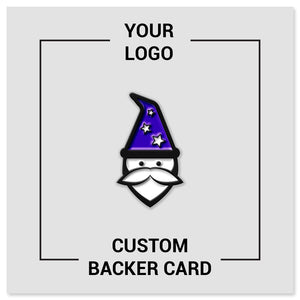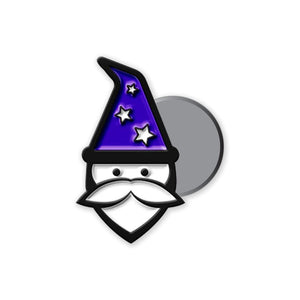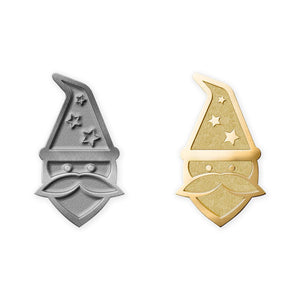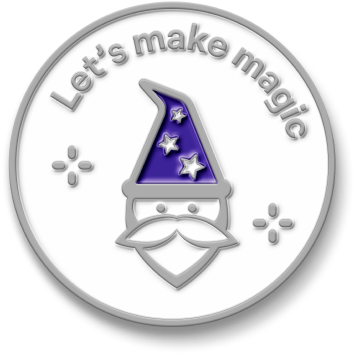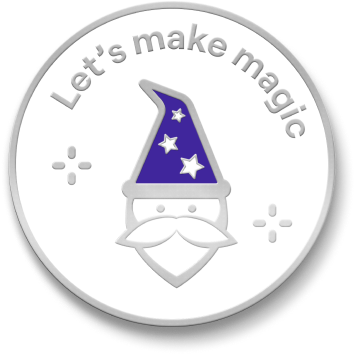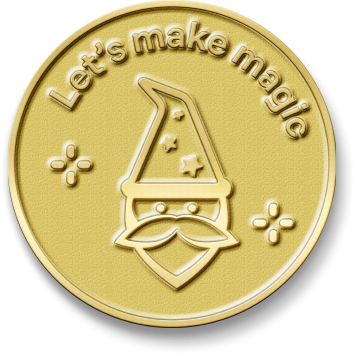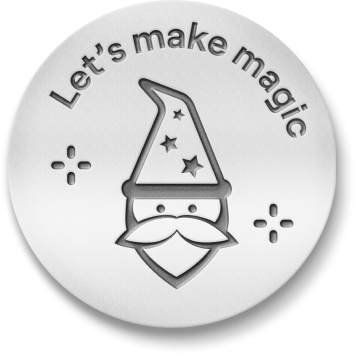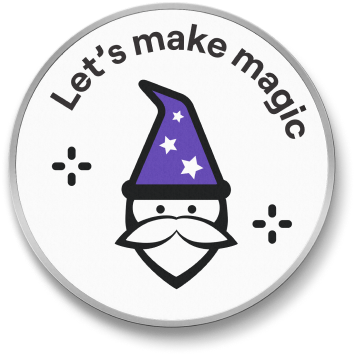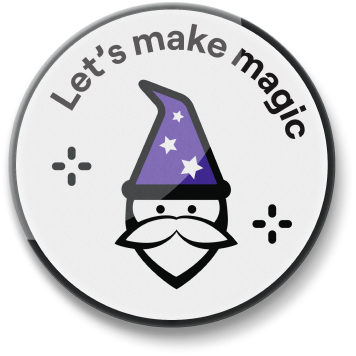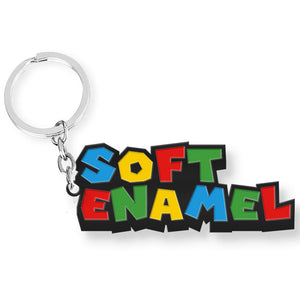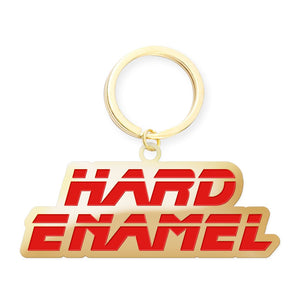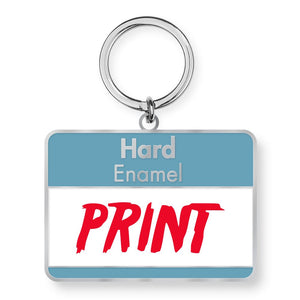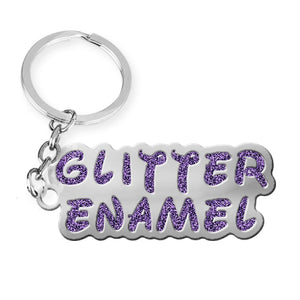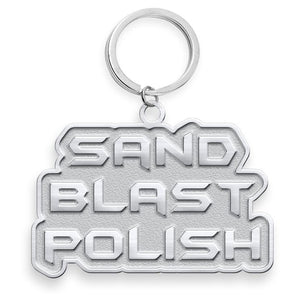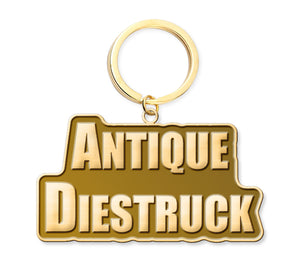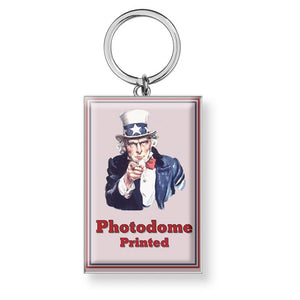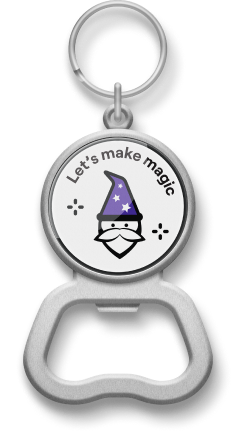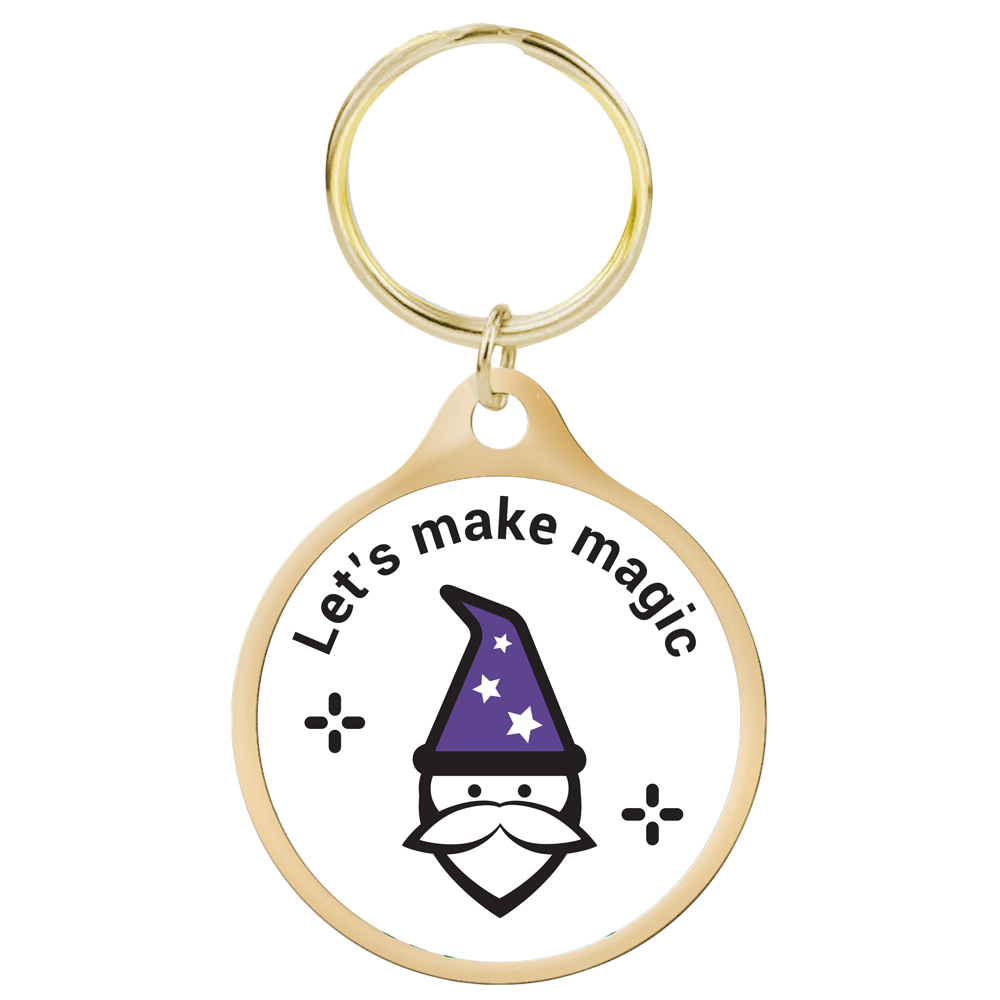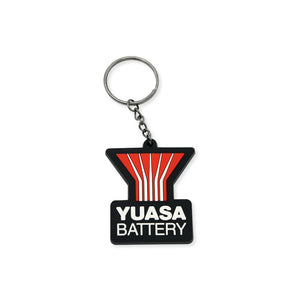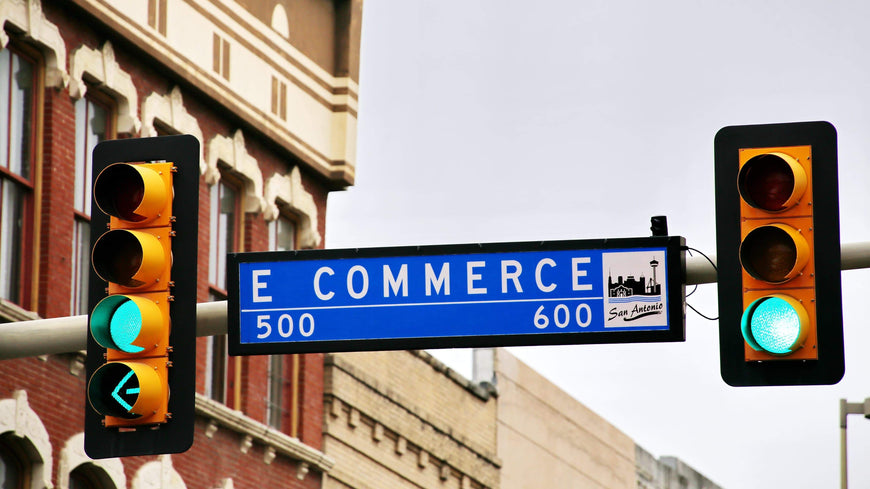Building a custom enamel pin business on Amazon isn’t easy, though. We had to learn some things the hard way.
Here we’re sharing five of the most important lessons we learned while scaling our enamel pin sales on Amazon. With these lessons, you’ll protect your profit, find more customers faster, and learn if Amazon is the right play for your business.
1. You need a gut check to make sure Amazon is right for you
Amazon can help you scale a business quickly. But it can also chew up a ton of your time—and profits if you’re not careful. Before you dive in head first, take a gut check to see if you have the time and right goals to sell on Amazon.Do you have the time for Amazon?
Amazon is a huge machine with a thousand parts that are always in motion. Ideally, you should dedicate at least five hours a week to managing your Amazon store.If you’re not there just yet, do not worry! We’ve watched dozens of pin businesses grow on free ecommerce websites and social media traffic. When you’re ready to make a pin business your part-time job, Amazon will still be there.
Is growth your biggest priority?
If you’re looking to scale your business quickly, then Amazon is right for you. If you just want to sell a few pins to fund your pin collecting habit (respect), Amazon is overkill.Are you going to sell many different pins?
We sell over 5,000 stock enamel pin designs. Amazon makes it easy to manage a catalog that size. And they charge us for that ability.If you only produce a handful of pin designs, then it’s probably not worth paying Amazon to help you manage your business.
Understand the fees, or they’ll kill your margin
Fees are a part of life when you’re selling on Amazon. We learned which fees need to be accounted for in our sales price and which we should avoid like the plague.Selling plan
The selling plan is the only upfront cost you’ll have on Amazon until you make your first sale or place an ad.Amazon offers two options:
- The Individual plan: you pay Amazon $0.99 for each item you sell.
- The Professional plan: you pay Amazon $39.99/month no matter how many items you sell.
For example, the Professional plan lets us advertise, get to the top of product search pages, and sell products in a restricted category—which enamel pins fall into because they’re considered jewelry.
If you’re turning your pin hobby into a true side hustle, the Professional plan is the only real option.
Referral fee
On top of the selling plan cost, Amazon gets a cut, called a referral fee, of every unit you sell. How much depends on your category.For enamel pins, that cut is 20%, but the range is 8-20% (or 45% for Amazon device accessories).
Fulfillment by Amazon fees
We ship all of our stock pins directly to an Amazon warehouse. They store them for us, then pick, pack, and ship pins back out when we get an order. That service is called Fulfillment by Amazon (FBA).Because pins are small, we pay about $2 per unit shipped for the pick and pack service, plus another couple hundred dollars a month for storage fees.
Although it eats into our profit, FBA is necessary for us. It takes the burden of shipping thousands of orders and handling returns off of our team. Plus, it makes our products eligible for Amazon Prime, which has a whole bunch of benefits.
Long-term storage fees
If your products sit on the shelf longer than 12 months, Amazon will hit you with an additional long-term storage fee.LTSFs can get pretty high. We avoid them like the plague with good inventory forecasting.
We also regularly check our current stock and weed out slow movers. In our Amazon account, we just go to Inventory>Inventory Dashboard>Inventory Age and identify any products that might get hit with large LTSFs.
Then you can decide to pull those slow movers off the shelf or even have a fire sale to shift older inventory.
Account for fees in your pricing
If you’re thinking, “Geez, these fees really add up,” you’re right. But remember, you’re trading sales volume for some of your profit.For us, that means giving Amazon about $3.50 for every $10 pin we sell. It’s a significant chunk, but there’s no replacing Amazon’s ability to bring new customers.
The key is making sure you know your fees upfront and folding them into your price, so you’re not handing off all of your profit.
Get to know your Amazon representative
We stay on top of Amazon’s policies as best we can, but it’s almost impossible to avoid getting caught up in them sometimes. We keep a running document to track these things and always involve our representative as soon as they occur. That familiarity helps us get resolutions faster.Not long ago, the product listing for one of our best-selling American Flag enamel pins just disappeared off of Amazon. Here’s the reason they gave:
“The investigation is complete and you will not be able to sell this product on Amazon. Due to product data discrepancies found coming from your Selling Account the listing will not be reinstated.”
What do you even do with that?
Luckily, we’ve fostered a relationship with our Amazon representative through bi-weekly calls and emails. When our help ticket wasn’t handled quickly, we brought the issue to our rep. They expedited the resolution—it was a weird discrepancy in our description—and got the listing back up and selling pins for us again.
Be clear and accurate with your descriptions
Nothing will damage a customer relationship faster than failing to meet their expectations—so it’s important to set expectations correctly. For us, that starts with writing comprehensive descriptions in our product listings.
Here’s a description of one of our American Flag pins:

Source
We wrote 241 words to describe a single, simple pin.
Notice how many descriptors we included:
- Premium brass/gold-plated
- Extra shiny
- Hand-filled enamel coating
- Secure/fused backs with an anti-rotational spur
We’re also firm believers in the power of CTAs (calls to action) to motivate shoppers. Here are the CTAs we included in this listing:
- Support American workers
- Don’t settle
- Buy more and save money
We’d highly recommend writing great descriptions from the beginning. This post is a good place to start learning how to do it.
Focus on keywords that lead to conversions
Not long after we launched our Amazon shop, we noticed that lots of people were searching for “animal pins.” That seemed like the people we wanted to sell to, so we paid to have some of our product listings show up in the results.We waited for the sales to roll in and...nothing. Well, almost nothing. Here’s where we went wrong.
When people search for animal pins, they mostly look around until they notice a type of animal that interests them. Then they search for “dog pins” or “cat pins” or “sloth pins” and buy from there.
So even though fewer people search for “dog pins” than “animal pins,” it makes more sense for us to pay to have our listings show up in “dog pin” search results.
What we learned in this scenario is called keyword intent.
Keywords are the words people enter into the search bar to find products to buy. Amazon has an algorithm that tries to match the keywords a person enters to the keywords a business has in their company description, product listings, and advertisement targeting.
Keyword intent is what a person hopes to accomplish when they search for a product. Are they browsing? Learning? Or are they ready to buy?
That third intent is the one you go after.
It takes a lot of trial and error to find the keywords with a strong buying intent. But the juice is well worth the squeeze. This guide will get you started.
The key to success on Amazon? Be methodical
We love business growth hacks, but we’ve never found one that worked on Amazon. Instead, we’ve learned that success comes from doing a lot of small things right over and over.
Retail, even online, is detail.
If there’s anything close to a hack for selling on Amazon, it’s to track every change you make and understand how it influences sales.
If you change an image, rewrite a description, or advertise for a new keyword, make note of how your sales on that product change. Every time you do, you’ll learn one more thing that helps increase your sales. Over time, you’ll be the most knowledgeable person in your niche. Meaning you’ll outsell everyone else.
You’re not going to “get rich quick” by selling on Amazon. But if you pay attention, you will get rich eventually.
FAQs
Is selling enamel pins worth it?
There are a lot of things to consider when trying to answer this question. The first thing you need to do is figure out how much it will cost you to make the pins. You also need to think about how much you'll charge for them, and how many you'll be able to sell. Finally, you need to consider the time it will take you to make the pins and how much time you'll spend marketing them.
Based on all of this, it's hard to say whether or not selling enamel pins is worth it. It depends on your situation. Are there other things you could be doing with your time that would make you more money? Are there other skills you should be developing so you can eventually find a job with better pay?
These are important questions to ask yourself before deciding whether or not selling pins is the right path for you. You'll need to do some math and crunch some numbers to make sure you'll come out on top.
Are enamel pins profitable?
There is no one-size-fits-all answer to this question, as the profitability of enamel pins depends on a variety of factors such as the design and production process, the price point, and the distributor. However, many business owners report that enamel pins are a profitable product line.
Can you make money selling enamel pins?
Yes, you can make money selling enamel pins. In fact, there's a whole market for enamel pins these days. You can find pins of all shapes and sizes on Etsy, eBay, and other online marketplaces. There's even a subreddit for enamel pins! So if you're looking to start selling enamel pins, there's no better time than now.
How do I start an enamel pin business?
There are a few things you need to do in order to start an enamel pin business:
1. Come up with a design for your pins.
2. Create a prototype of your pins.
3. Find a manufacturer to produce your pins.
4. Market your pins.
How much do enamel pins sell for?
Enamel pins typically sell for around $10-15, depending on the design and complexity. Some sellers may charge more or less depending on the demand for that particular pin.
How much does it cost to make enamel pins?
Enamel pins typically cost around $2-3 to make, depending on the quantity that is ordered. This price includes the cost of materials, labor, and shipping.
